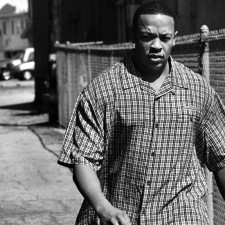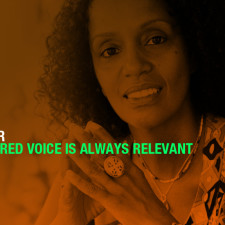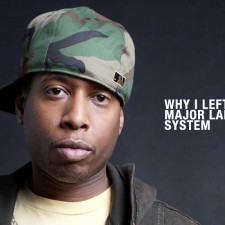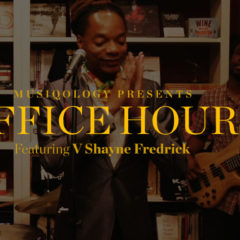For David Leonard
When the word spread that ESPN sportscaster Stuart Scott had passed away at 49 this weekend, tributes flooded the airwaves and social media. Writer Michael Wilbon tweeted that he’d “changed the way we talked about sports, and in doing so put himself on ESPN’s Mount Rushmore.” Dan Patrick said that Scott “didn’t just push the envelope, he bulldozed it.” Even President Obama weighed in expressing his views on Scott’s career and personal flair. Account after account framed his work as bringing something called a “hip-hop” or “urban” sensibility to sports casting, which to me is a fascinating corollary. At close examination what they mean is that he made it okay to bring the colorful and calculated language of urban black slang, Up-South swag, and the “Dozens”-inspired timbre and timing to a broadcast without being fired or asked to apologize the next day. I’ll put aside for now the irony of Stuart’s style being groundbreaking in the context of a sport industrial complex so heavily dependent on young black athletes. And I won’t analyze how the style he developed can now be considered the lingua franca of sportscasters of all backgrounds. But I would like to point out how the 1990s—the years Scott began his historic ascent—was a decade in which the commodification of subcultures like the one Scott stood for became a symbol of the age. I wrote the passages below about that moment in my book Race Music: Black Cultures from Bebop to Hip-Hop.
//The 1990s will be remembered as a boom decade for black popular culture. One might say that like New Negroes in the 1920s, African-American performers are in vogue. By the century’s end, black expressive culture had become a pervasive factor in American society, fixed indelibly to the country’s cultural profile. African-American entertainers of all stripes are a commanding presence in the culture. In the post-Cosby Show era, cable television serves up a steady diet of situation comedies starring African American casts, whose exaggerated performances sometimes skirt dangerously close to worn out, reliable stereotypes. Trumpeter and composer Wynton Marsalis, whose tireless efforts to put jazz on equal social standing with Western art music, has been recognized with the most important distinctions and awards, including the prestigious Pulitzer Prize for composition in 1997. We celebrate and reward black sports figures like basketball player Shaquille O’Neil with huge salaries, unprecedented media visibility, prestige, iconic status, and power. The talk show diva Oprah Winfrey reigns over daytime programming. She attracts a diverse international audience and commands a paycheck that surpasses even NBA MVPs. Whether executing a virtuoso instrumental passage, or dunking basketballs, or chatting it up through tears and self-help philosophies, or slap-sticking through formulaic situation comedies, the late twentieth-century black performer is visible and getting paid.
Hip-hop culture has taken on the profile of a cottage industry because of aggressive corporate commodification. The postindustrial decline of United States urban centers, a downward turn that ironically spawned Hip-Hop’s developments, has been co-opted by corporate America and represented as a glossy, yet gritty complex of music idioms, sports imagery, fashion statements, racial themes, danger, and pleasure. While history shows us the persistence of the exploitation of African American culture in the United States, Hip-hop represents an exemplary case in this regard. As the historian Robin D.G. Kelley writes, “[c]orporate imagination, postindustrial employment, few employment opportunities for African-Americans and a white consumer market eager to be entertained by the Other, blacks have historically occupied a central place in the popular culture industry.” Kelley argues further that
Nike, Reebok, L.A. Gear, and other athletic shoe conglomerates have profited enormously from postindustrial decline. TV commercials and print ads romanticize the crumbling urban spaces in which African American youth must play, and in so doing they have created a vast market for overpriced sneakers. These televisual representations of “street ball” are quite remarkable; marked by chain-link fences, concrete playgrounds, bent and rusted netless hoops, graffiti-scrawled walls, and empty buildings, they have created a world where young black males do nothing but play.//
While Stuart’s work will be remembered as a lightening rod of change within the sports industry, it must also be placed within the larger shifting cultural and social terrain of late-20th century. He was emblematic of a moment in which the culture he represented was feared, despised and yet voraciously consumed without necessarily giving up the former dispositions. And still, he rose. RIP, good sir. Job well done.
Guthrie Ramsey, Editor-in-Chief
Tags: ESPN, Hip-Hop, sports, Stuart Scott

 Share On Facebook
Share On Facebook Tweet It
Tweet It















